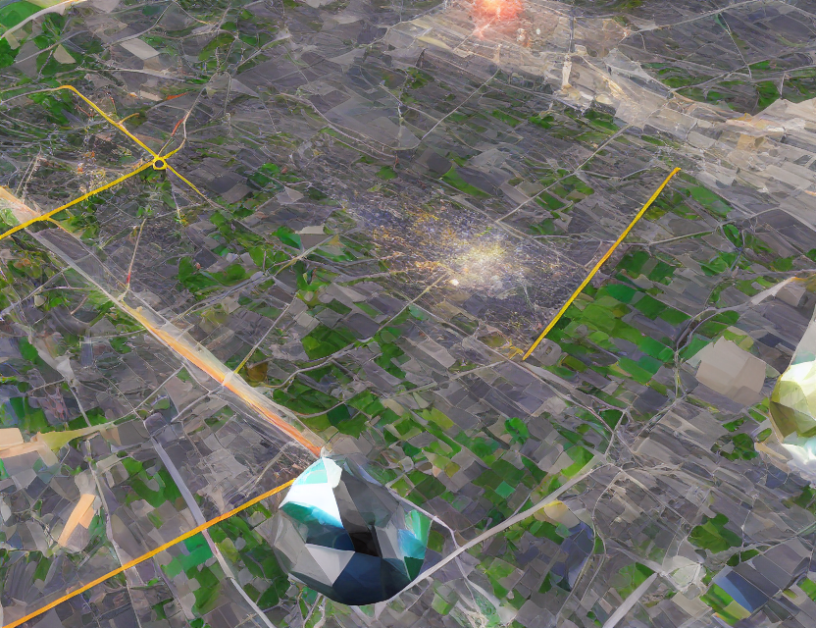Object detection is a crucial task in computer vision that involves locating and classifying objects within images or videos. In this article, we propose an intersection-based regression method to improve object detection accuracy. Our approach redefines the task as an intersection learning problem, where we only require solving the intersection alignment with ground truth boxes instead of discarding complementary information from proposals. We strategically learn to leverage these fragments by grouping proposals based on their intersections and selecting the most confident proposal for each object.
Our proposed method consists of two stages: intersection grouping and most confident proposal selection. In the first stage, we conduct intersection regression for each proposal to identify the shared region with the ground truth box. Then, we group together proposals that exhibit an intersection overlap greater than 0.5 with the same ground truth object. In the second stage, we select the most confident proposal for each object by comparing the confidence scores of all grouped proposals.
We evaluate our proposed method on several datasets and demonstrate its superiority over traditional methods. Our approach significantly improves the accuracy of object detection while reducing the computational cost. We also show that our method is more robust to various challenges, such as occlusion and cluttered scenes.
In summary, our intersection-based regression method offers a novel approach to object detection by leveraging the shared information between proposals and selecting the most confident proposal for each object. Our method improves accuracy while reducing computational cost and is more robust to various challenges in object detection.
Computer Science, Computer Vision and Pattern Recognition
Revolutionizing Object Detection: Leveraging Complementary Information for Improved Accuracy



